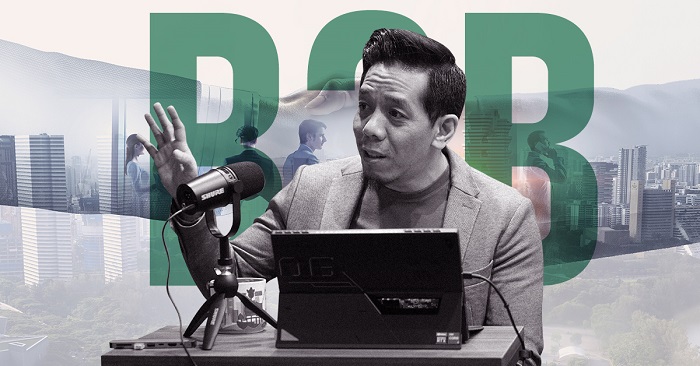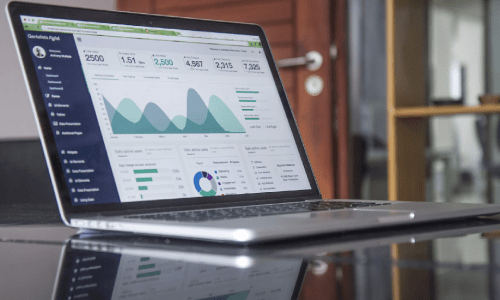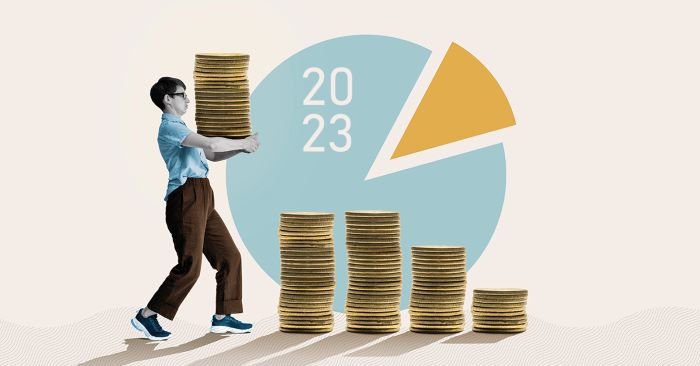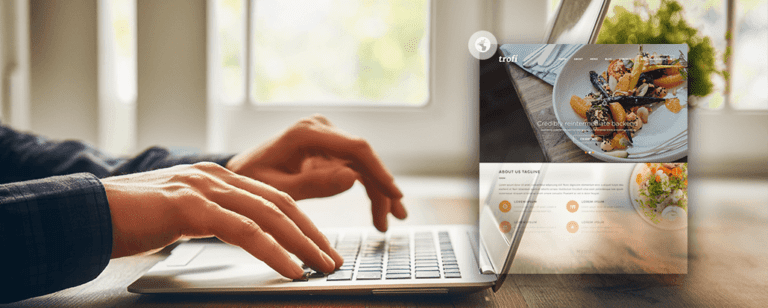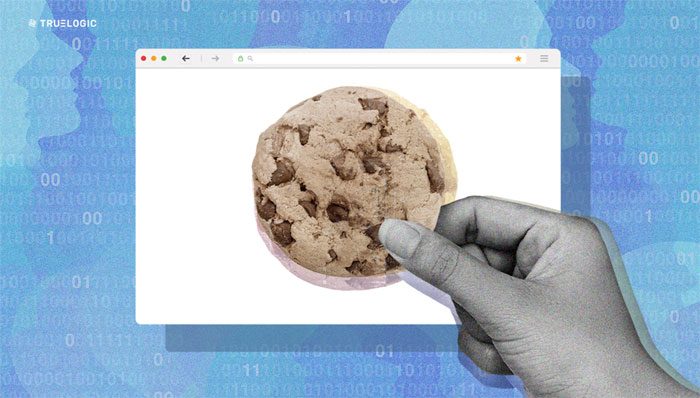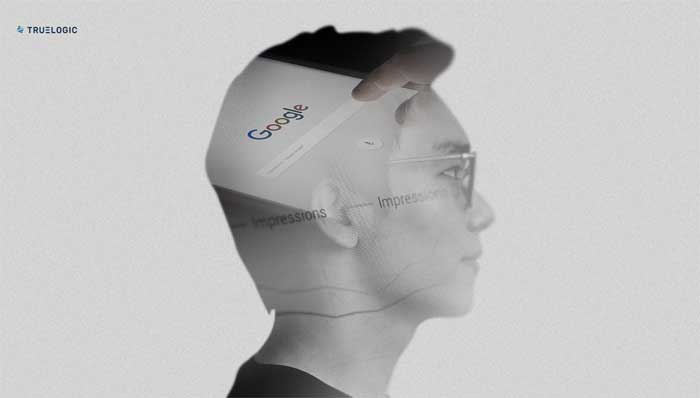The Philippine Digital Marketing Economy: 2021–2025
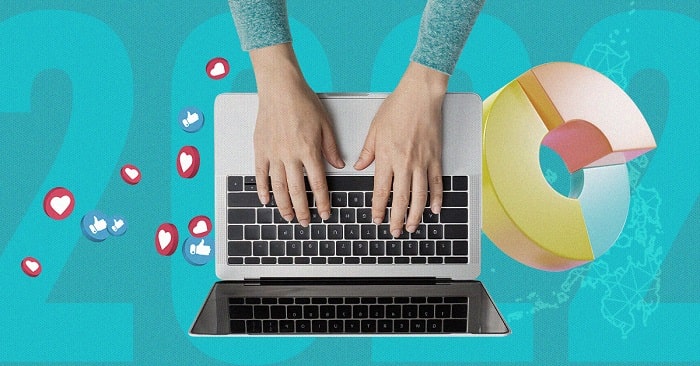
Truelogic Takeaways
The Digital Surge That Changed Everything
From 2016 to 2025, the digital economy has rapidly evolved from frontier territory into the foundation of Filipino daily life. Once marked by cautious adoption, the Philippines digital economy has become a global case study in “leapfrogging” transformation—from a mobile-first population to a robust, fast-growing online marketplace.
What does this mean for business, agencies, and digital leaders? This guide explores the past, present, and emerging future, so you can spot what’s changed and take your digital strategy to the next level.
The Philippines Digital Economy: Then and Now
Internet adoption in the Philippines skyrocketed: from just 48% penetration in 2016 to 83.8% and nearly 98 million users in early 2025. This surge mirrors Southeast Asian trends, but local nuances matter. While “heavy daily users” used to mean 3–5 hours online, today’s Filipino consumer clocks upwards of 10–11 hours each day, spanning smartphones, desktops, and tablets.
This shift created entire new industries, pushing digital marketers and every digital marketing company to rethink fundamental approaches, especially as digital economy trends like e-commerce and social media convergence took hold.
Smartphone and mobile penetration is staggering: an estimated 122% of the population now has at least one mobile connection, requiring up-to-date website maintenance and seamless omnichannel experiences. In short, the digital economy in the Philippines is no longer emerging—it’s setting the pace.
Digital Economy Trends Driving Growth in 2025
Emerging data highlights e-commerce, fintech, digital infrastructure, and content creation as the engines of growth for the next wave of digital economy.
- The Philippine e-commerce market was valued at USD 24.53 billion (roughly PHP 1.4 trillion) in 2024 and is projected to maintain strong double-digit growth, with a 14% CAGR expected from 2025 to 2033. [IMARC], [OpenPR]
- Social commerce is rapidly expanding as platforms like TikTok Shop and Instagram Reels drive interactive shopping experiences, with Gen Z and millennial Filipinos leading the rise in shoppable content and live e-commerce streams. [Statista], [golocad], [Nipino]
- With Filipinos engaging online nearly around the clock, brands are expected to deliver always-on marketing, continuously refining campaigns and coordinating their Adwords and display initiatives alongside creative SEM strategies to meet customers wherever they are. [Digital Marketing Philippines], [Eight Media]
- The Philippines’ digital marketing industry is flourishing, with the number of SEO agencies, PPC, and omnichannel specialists rising rapidly to meet businesses’ growing need for scalable, results-driven solutions. [Clutch]
- Email marketing in the Philippines is increasingly driven by automation, personalization, and measurable engagement, with brands prioritizing open rates, user segmentation, and interactive content to boost conversion and loyalty. [Kpability], [Litmus]
This is the moment to analyze your open rates and focus your email campaigns and content on genuine engagement, not just impressions.
How Filipino Digital Behavior Drives Economic Growth
Filipinos currently spend an average of 8 hours and 52 minutes online daily, making the country one of the world’s top digital engagement markets, with 83.8% internet penetration and 97.5 million online users as of 2025. This widespread immersion has turned most Pinoy households into active digital consumers, integrating digital research, digital marketing consultation, purchasing, and post-sale engagement into every stage of the funnel.
Historically, digital adoption was seen first in Metro Manila, but recent years saw fast catch-up in regional cities and rural areas, narrowing the connectivity gap and pushing new e-commerce and gig economy opportunities. With internet speeds and infrastructure improving, even MSMEs and solo entrepreneurs have harnessed the power of digital tools for their businesses, as highlighted by studies on MSME digital transformation and ICT development.
Social Media, E-Commerce, and Mobile: The Power Channels
Mobile connectivity is a key growth engine in the digital economy of the Philippines. Mobile penetration rates surpassed 122% in early 2025, and 51% of web traffic now comes from mobile devices. Coupled with the massive reach of social platforms, over 90 million Filipinos are active on Facebook and millions engage daily with TikTok, Instagram, and YouTube—brands must fine-tune both their social media and social media marketing efforts for real-time, always-on engagement.
E-commerce is projected to expand by 15–20% in the Philippines in 2025, and “social commerce” is taking off, merging vibrant online communities, video content, and seamless transactions across multiple platforms. Brands who have invested in full-spectrum Adwords and display strategies and robust SEM are seeing these channels dramatically amplify reach and conversion rates.
Adapting Strategies: Collaboration and Agency Evolution
As the landscape matured, the need for cross-functional, integrated teams grew. Gone are the days of siloed agencies for SEO, website maintenance, or PPC, the market now demands coordination, speed, and advanced analytics. Today, a top-performing digital marketing company brings together SEO agency expertise, content production, influencer management, and analytics to deliver measurable results.
One area brands can’t ignore is the importance of monitoring open rates and adapting email campaigns for both privacy rules and engagement. Strong partnerships, with a full-service agency or a proactive digital marketing consultation, mean faster pivots, data-driven decisions, and clearer ROI.
Digital Economy Trends That Matter in 2025
Several digital economy trends stand out this year:
- The share of digital payments to total retail transactions reached 57.4% in volume and 59% in value by 2024, driven by a surge in digital payments and micro-finance tools, giving consumers and brands more ways to transact securely and efficiently.
- AI, automation, and analytics tools are now core business aids in the Philippines, with artificial intelligence projected to reach a market value of $1.025 billion by 2025 and mainstream adoption accelerating across industries for productivity and innovation.
- Public-private partnerships and government initiatives are investing heavily in smart city projects and nationwide digital infrastructure, with universal broadband and support programs designed specifically for MSMEs and Filipino creatives to compete in export markets and global platforms.
- Omnichannel marketing, privacy, and customer-centric regulation are top priorities for digital marketers, requiring new strategies to balance personalization, compliance, and cross-channel engagement across a shifting regulatory landscape.
These trends signal the Philippines’ maturity in the digital space, inspiring local brands to not just keep pace, but actively shape the regional digital landscape.
Action Checklist: Win in the Philippine Digital Economy
- Take stock of your mobile readiness. Is your site and user experience optimized for the dominant mobile behavior driving the Philippines’ digital economy?
- Audit your platforms and hire the right experts: for technical gaps, a reliable SEO agency helps ensure your site stays visible.
- Don’t underestimate website maintenance, even the best campaigns stall if your digital storefront lags behind.
- Diversify your presence with SEM and robust Adwords and display campaigns.
- Experiment with content, social shopping campaigns, and creative digital marketers to capture new touchpoints and keep up with digital economy trends.
- Upgrade your measurement and personalization tactics, track campaign open rates, segment users, and iterate your email campaigns for better engagement and compliance.
- If data or direction is lacking, consult with a professional via a digital marketing consultation.
- Make sure your team or digital marketing company has clear cross-functional communication to avoid siloed strategies that no longer work in this fast-evolving space.
- Double down on social media and social media marketing that leverage trending formats and real-time engagement.
- If scale or specialization is required, partner with an integrated digital marketing agency.
Digital Momentum and What Comes Next
The Philippines digital economy reached roughly ₱2.25 trillion in value by 2024, now accounting for 8.5% of GDP, a jump driven by infrastructure, e-commerce, and digital-driven business transformation. With 97.5 million online users and the majority accessing the web through mobile, the pace of digital adoption has permanently changed consumer and business behaviors.
Looking ahead, the Philippines is projected to sustain strong 15–20% digital growth in 2025, buoyed by the rise of e-commerce, fintech, and artificial intelligence. However, that growth will only be captured by brands that invest in smarter platforms, stronger partnerships, and privacy-first, user-centric marketing.
Ready to future-proof your position? Start by implementing the steps above, stay close to your data, and don’t hesitate to lean on the expertise of proven partners. The digital economy isn’t just growing, it’s evolving, and so should your strategy.

